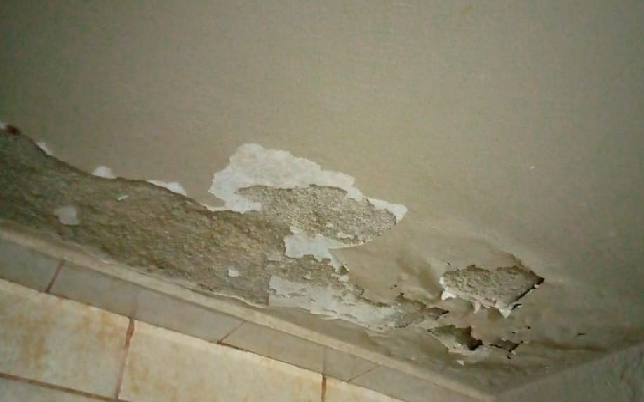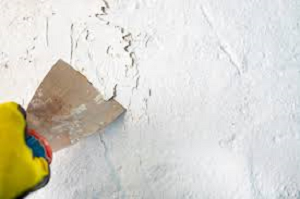WHY DO PAINTS PEEL OR STRIP OFF SURFACES?
Introduction:
There are three main types of paint: latex, oil-based, and water-based. Latex paint tends to peel less than oil-based paint because it is more elastic and flexible. Water-based paint also tends to peel less than other types because it doesn’t contain any volatile organic compounds (VOCs).
To prevent the paint on your walls from peeling, you should try to keep the walls clean and dry as much as possible. You should also try not to put too much pressure on them when walking past or leaning on them with your hands or body weight.
Water-based paints
Paint peeling happens on all types of paint. It is a common problem for many homeowners and is often caused by a variety of factors. In this article, we focus on peeling in water-based paints.
What are some common causes of peeling in water-based paint?
Paint peeling can be triggered by many factors, but the most common ones are moisture (humidity), improper preparation, lack of ventilation, and lack of a protective coating.
Moisture: Water from the ground or rain seeps into paint that is not properly sealed. This causes it to peel off brick walls and other surfaces. It is the biggest cause of peeling paint because it neutralizes the adhesion between the paint and the surfaces.
Improper preparation: Paint that is not properly mixed or applied will start to peel off brick walls and other surfaces.
Click here to get professional painters and textured paint applicators in Uganda
Poor/improper ventilation: Paint will peel when it does not dry out in a well-ventilated area.
Lack of protection: The only way to keep paint from peeling is by applying a protective coating on top of it before it starts to peel off brick walls and other surfaces.
How can you protect your walls from peeling paint?
Paint peeling off walls is a common problem in many houses. It is unsightly and damages the paint in any part of the house. With the help of this article, you can learn how to prevent paint from peeling off your walls.
- The first important step is to sand down any rough surfaces before painting them. This will ensure that the paint sticks better and doesn’t peel off your walls.
- The second step to protecting your walls from peeling paint is to make sure that your walls are fully dry and free from any moisture (humidity) to prevent paint from making patches and blisters after painting.
- To achieve the best surface, use primer and undercoat before painting to seal the surface. For newly plastered walls, if the walls are not primed and coated, the paint will soak into the plaster like a sponge, resulting in wastage of paint and a greater need to use extra coatings.
- Make sure that you are using water-based or oil-based primers according to your needs. If you want a smoother finish, then opt for an oil-based primer, but if you want a durable finish, then use a water-based primer.
How to fix a painting that has started to peel?
Repairing previously painted walls for new paint is very simple, but there are a few things you should do first to ensure a professional finish.
Step 1: Thoroughly strip off all the old damaged paint.
Step 2: Fill in any cracks or holes. Clean the gaps before filling them, since the dust can prevent the filler from attaching to the surface.
Step 3: Ensure that the filler flush with the walls, and allow it to fully dry before smoothening it with fine sandpaper.
Step 4: Add a primer for interior walls and then apply the new paint on the gazetted surface.
If you are painting with exterior paint, such as your entire home, you’ll likely need a strapping and weatherproof option. These types of paint can endure rain, wind, and other rough weather conditions such that your house will still look good after many years.
For the best results, try to clean the exterior of your house thoroughly so that paint has a smooth surface to hold onto. If you live in a high humidity (wetter) environment with lots of rain, then you should buy paint that is resistant to mildew as well.
Note: What not to do when your house’s paint starts to show signs of wear and tear
There are some things that you should not do when your house paint starts to show signs of wear and tear.
1) You should not repaint the entire house.
2) You should not try to remove the paint from the surface by scrubbing it with a brush.
3) You should not use a power washer on the surface of the painting.
4) You should not apply any other type of chemical to remove the paint from the surface of the painting.
Save on your next project. Find textured paints and professional applicators here: https://website-7cad2b48.pesacapitallimited.com/moran-plastering-paints/




